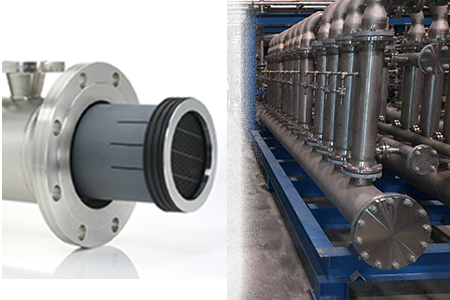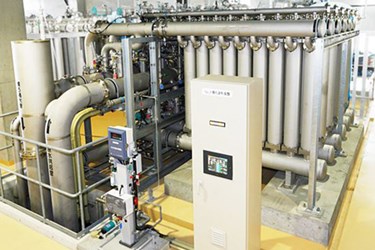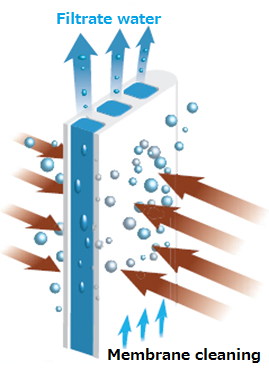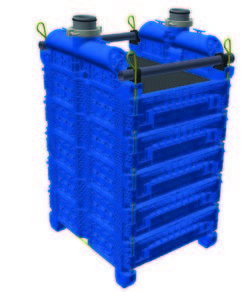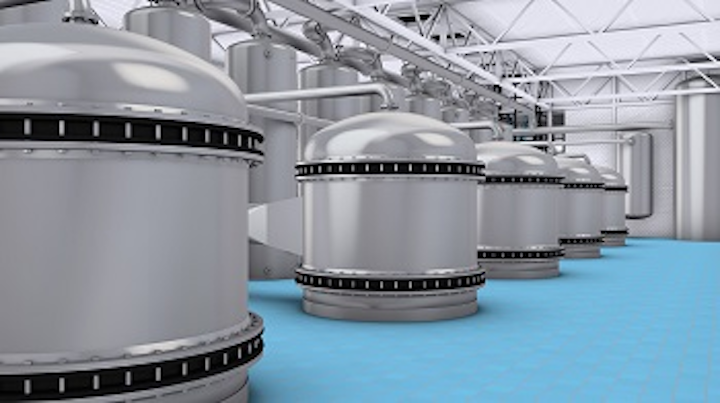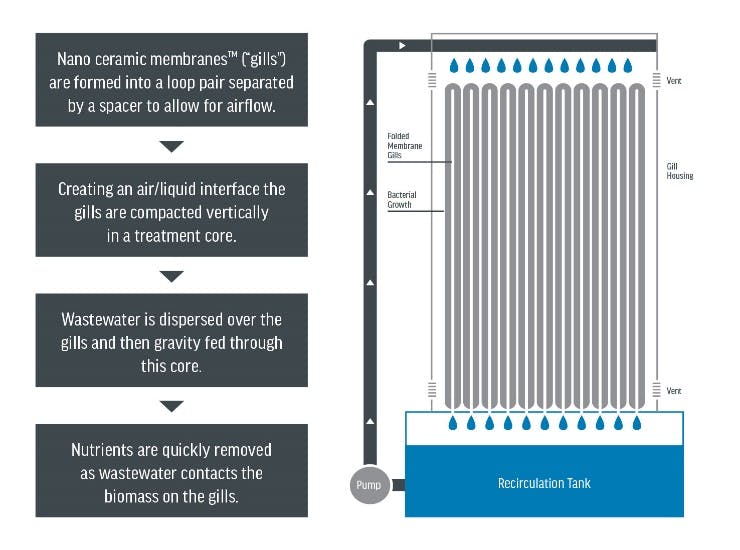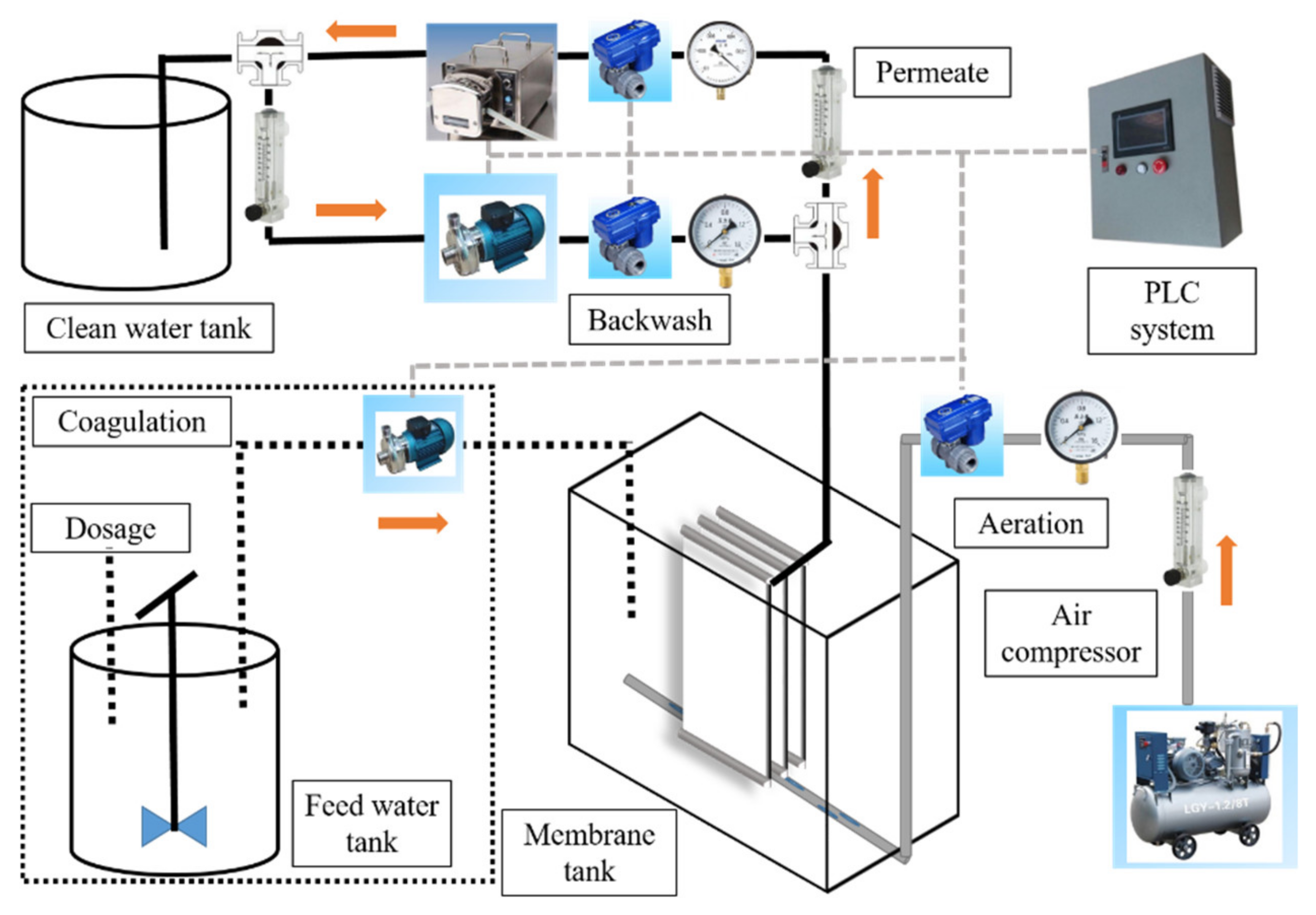Ceramic membrane is extensively used in water and wastewater treatment which include oil field injection water paper industry waste water landfill leachate palm oil wastewater textil and printing industry wastewater oily wastewater titanium dioxide wastewater fermentation chemical industry wastewater desalination seawater treatment and degreasing liquid treatment and other aspects.
Ceramic membrane technology wastewater.
Ceramic membrane based treatment system is one of the emerging technologies of treating wastewater that have attracted remarkable interests for the industrial wastewater treatment over the past two decades.
To design a plan for oily wastewater treatment with ceramic membrane technology.
In this review article the key types of ceramic membranes that are applied in water and wastewater treatment are described and analysed.
A new method to observe the variation of various resistances under different operating v.
On the mechanism research of ceramic membrane separation filtration resistances and four kinds of separation mechanism are reviewed.
Ceramic membranes are a type of artificial membrane made from inorganic materials such as alumina titania zirconia oxide or silicon carbide.
Arrangements for membranes ceramic membranes are more and more employed in the drinking water and wastewater treatment industries when compared with organic and polymeric counterparts due to their resistance to extreme operating conditions and numerous available and sustainable cleaning protocols 12.
Common ceramic membranes including those made of alumina zirconia titania silica and zeolite are presented first where their advantages and disadvantages are compared and discussed.
Ceramic microfiltration cmf uses ceramic filters membranes for filtration separation and purification of wastewater for reuse in process or safe discharge to sewer.
This article presents the review of ceramic membrane for the treatment of oily and chromium wastewater.
Bandyopadhyay ceramic membrane division csir central glass and ceramic research institute.
As a result this water needs external handling or additional treatment entailing high economic costs and or environmental impact.
Membrane technology is an advanced method of water treatment.
Among various wastewater treatment processes ceramic membranes have the edge to treat oily wastewater and separate chromium from waste streams.
For ceramic membranes microfiltration process targeting wastewater treatment is promising.
Nowadays integrated microfiltration mf membrane systems treatment is becoming widely popular due to its feasibility process reliability commercial availability modularity relative insensitivity in case of wastewater of various industrial sources as well as raw water treatment and lower operating costs.

